Building on experiments during October’s partial solar eclipse in the U.S, NASA has a once-in-400 years opportunity to study how an eclipse affects Earth’s atmosphere.
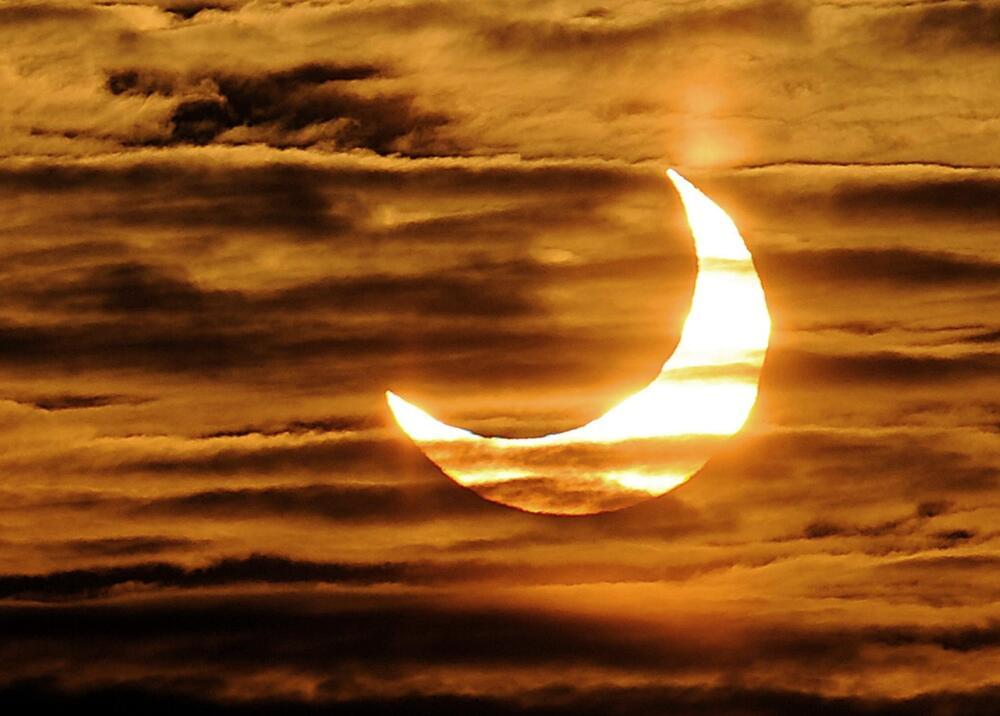

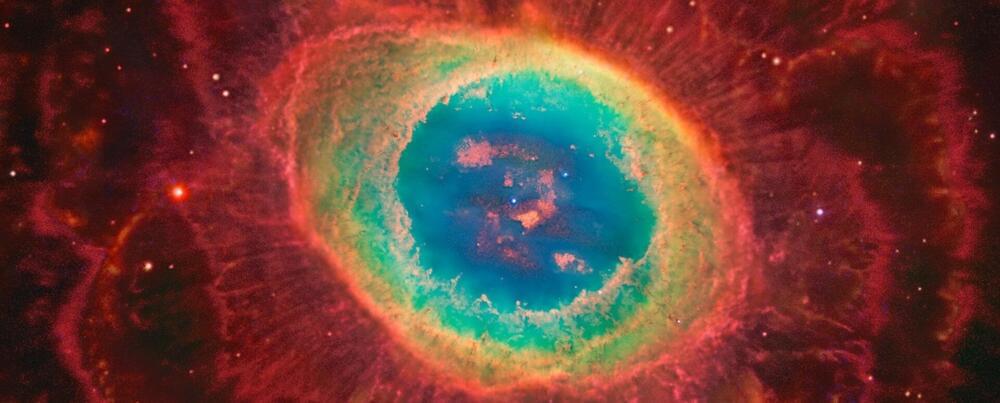
A study from the Instituto de Astrofísica de Canarias (IAC) which combines laboratory chemistry with astrophysics, has shown for the first time that grains of dust formed by carbon and hydrogen in a highly disordered state, known as HAC, can take part in the formation of fullerenes, carbon molecules which are of key importance for the development of life in the universe, and with potential applications in nanotechnology. The results are published in the journal Astronomy & Astrophysics.
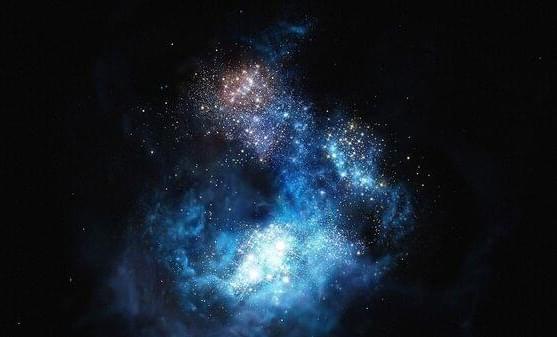
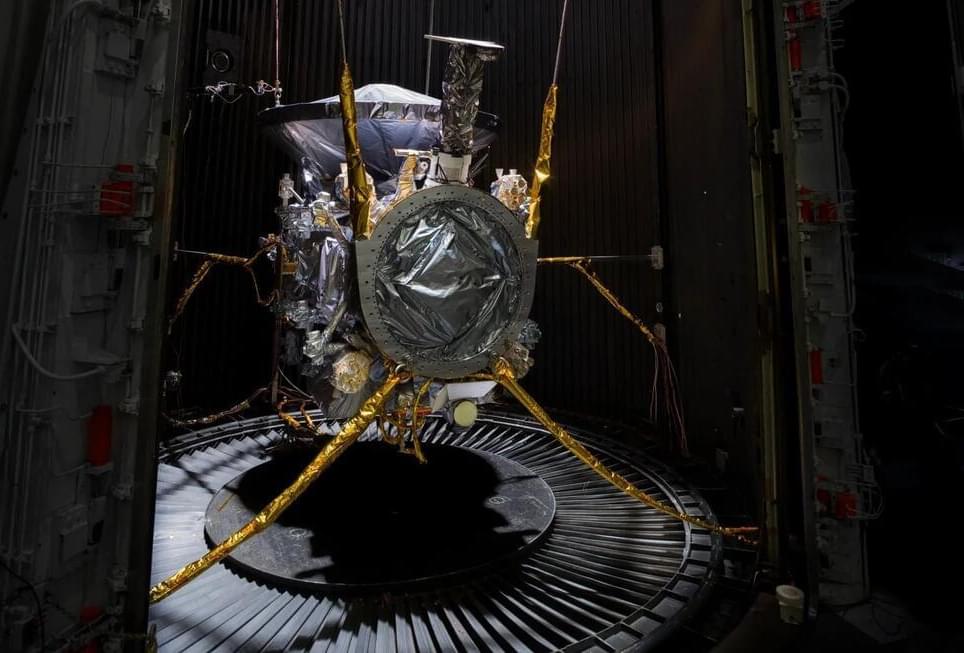
“There still is work to be done, but we’re on track for an on-time launch,” said Europa Clipper Project Manager, Jordan Evans. “And the fact that this testing was so successful is a huge positive and helps us rest more easily.”
Like all spacecraft leading up to their launch date, NASA’s Europa Clipper has been undergoing rigorous tests and checkouts to ensure all systems are functioning properly, with NASA engineers recently subjecting the bus-sized orbiter to extreme environmental testing over a 16-day period to ensure the spacecraft can withstand the harsh conditions it will face during its 4-year science mission to the small, ocean world. These harsh conditions not only include the vacuum of space, but also electromagnetic radiation since it will be flying through Jupiter’s massive and powerful magnetic field throughout its mission.
“These were the last big tests to find any flaws,” said Jordan Evans, who is the Europa Clipper Project Manager at the NASA Jet Propulsion Laboratory (JPL). “Our engineers executed a well-designed and challenging set of tests that put the system through its paces. What we found is that the spacecraft can handle the environments that it will see during and after launch. The system performed very well and operates as expected.”
The tests included putting Europa Clipper into NASA’s well-known thermal vacuum chamber (TVAC), more commonly known as the 25-foot Space Simulator, where engineers not only removed all the air in the chamber but reduced the temperatures to ensure Europa Clipper’s hundreds of heating sensors could keep the spacecraft warm enough to function properly. Additionally, the engineers performed checkouts of Clipper’s electrical and magnetic systems, vibrations, sounds, and shock tests, essentially performing an entire shakedown of Europa Clipper prior to its delivery for launch later this spring.
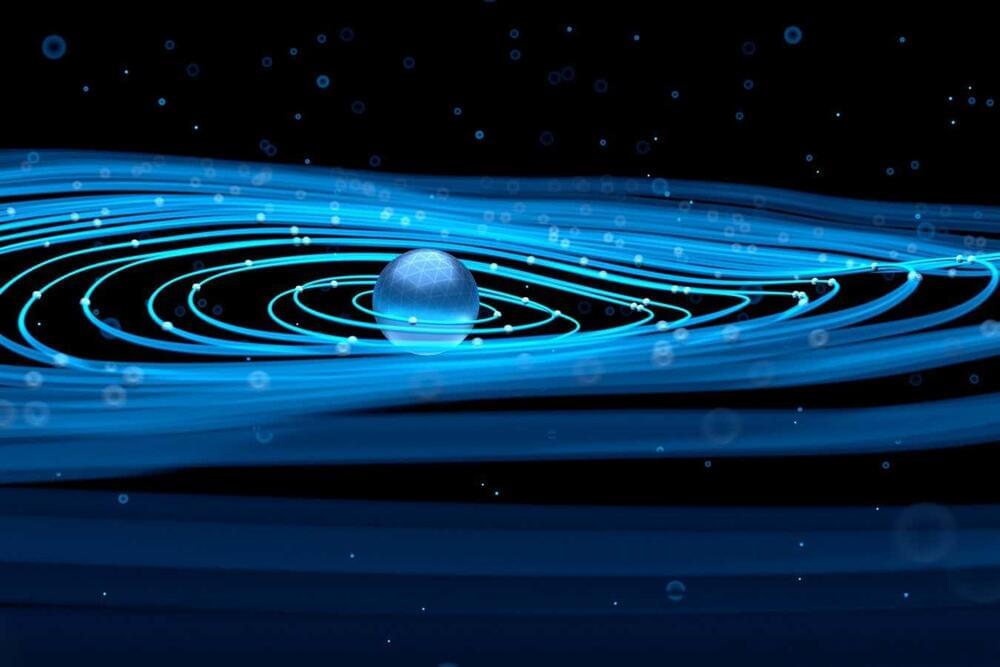
Gravitons, the particles thought to carry gravity, have never been seen in space – but something very similar has been detected in a semiconductor.
There’s a specter haunting the tunnels of a particle accelerator at CERN.
In the Super Proton Synchrotron, physicists have finally measured and quantified an invisible structure that can divert the course of the particles therein, and create problems for particle research.
It’s described as taking place in phase space, which can represent one or more states of a moving system. Since four states are required to represent the structure, the researchers view it as four-dimensional.

A new telescope called the “Condor Array Telescope” may open up a new world of the very-low-brightness universe for astrophysicists. Four new papers, published back to back in the Monthly Notices of the Royal Astronomical Society (MNRAS) this month, present the first scientific findings based on observations acquired by Condor. The project is a collaborative led by scientists in the Department of Physics and Astronomy at Stony Brook University and the American Museum of Natural History (AMNH).
According to lead researchers Kenneth M. Lanzetta, Ph.D., a Professor in the Department of Physics and Astronomy and Stefan Gromoll of Stony Brook, and Michael M. Shara, Ph.D., Curator in the Department of Astrophysics at the AMNH, Condor is now in full operation. The new “array telescope” uses computers to combine light from several smaller telescopes into the equivalent of one larger telescope and is able to detect and study astronomical features that are too faint to be seen with conventional telescopes.
In the first paper, Lanzetta and colleagues used Condor to study extremely faint “stellar streams” surrounding the nearby galaxy NGC 5,907, a well-known spiral galaxy located some 50 million light years from Earth.
Coming hot on the heels of two massive announcements last year, last week Nvidia and Cerebras showed yet again that the pace of computing is still accelerating.
The first CS-2 based Condor Galaxy AI supercomputers went online in late 2023, and already Cerebras is unveiling its successor the CS-3, based on the newly launched Wafer Scale Engine 3, an update to the WSE-2 using 5nm fabrication and boasting a staggering 900,000 AI optimized cores with sparse compute support. CS-3 incorporates Qualcomm AI 100 Ultra processors to speed up inference.
Note: sparse compute is an optimization that takes advantage of the fact that a multiplication by zero always results in zero to skip calculations that could include dozens of operands, one of which is a zero. The result can lead to a huge speedup in performance with sparse data sets like neural networks.

Several thousand sensors distributed over a square kilometer near the South Pole are tasked with answering one of the large outstanding questions in physics: does quantum gravity exist? The sensors monitor neutrinos—particles with no electrical charge and almost without mass—arriving at the Earth from outer space. A team from the Niels Bohr Institute (NBI), University of Copenhagen, has contributed to developing the method that exploits neutrino data to reveal if quantum gravity exists.
If as we believe, quantum gravity does indeed exist, this will contribute to unite the current two worlds in physics. Today, classical physics describes the phenomena in our normal surroundings such as gravity, while the atomic world can only be described using quantum mechanics.
The unification of quantum theory and gravitation remains one of the most outstanding challenges in fundamental physics. It would be very satisfying if we could contribute to that end, says Tom Stuttard, Assistant Professor at NBI.
